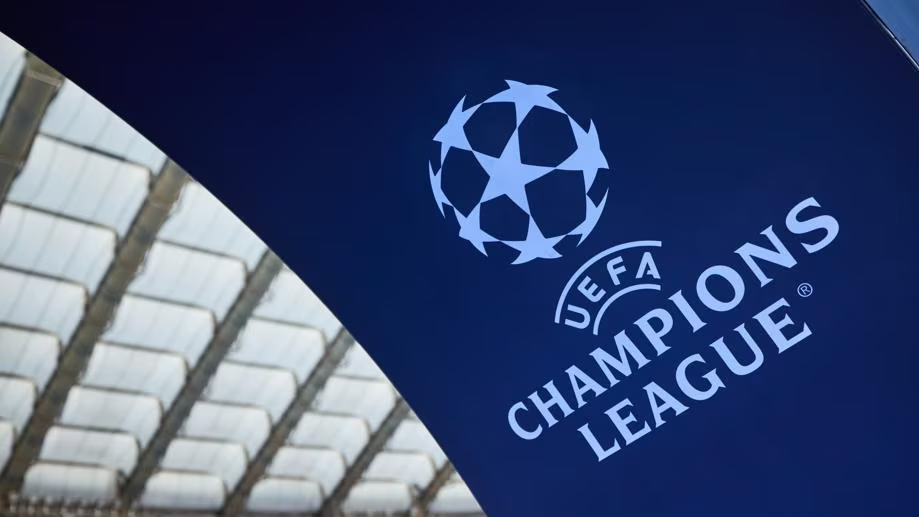
The UEFA Champions League 2025–26 season is officially underway, and the draw held in Monaco on August 28 has set the stage for what promises to be one of the most thrilling campaigns in recent memory. With the Swiss-style league phase entering its second year, 36 elite clubs from across Europe now know their eight opponents, and fans are already buzzing about blockbuster fixtures, underdog stories, and the strategic implications of the revamped format.
Format Evolution: Swiss-System in Full Swing
UEFA’s decision to replace the traditional group stage with a 36-team league phase has reshaped the competition’s dynamics. Each club will play eight matches—four at home and four away—against opponents drawn from four seeded pots. Crucially, teams will face two clubs from each pot, ensuring a diverse mix of matchups while avoiding clashes between clubs from the same country during this phase.
This format not only increases the number of high-stakes games but also allows for more cross-league encounters, giving fans a taste of knockout-level intensity from the outset. The top eight teams will qualify directly for the Round of 16, while teams ranked 9th to 24th will enter a playoff round to determine the remaining eight spots. The bottom 12 teams will be eliminated.
Pot 1: Titans of Europe
Pot 1 features the crème de la crème of European football. Defending champions Paris Saint-Germain headline the list, joined by Real Madrid, Manchester City, Bayern Munich, Liverpool, Inter Milan, Chelsea, Borussia Dortmund, and Barcelona. These clubs have consistently dominated their domestic leagues and continental competitions, and their presence guarantees marquee fixtures.
For instance, PSG will face off against Arsenal, Ajax, Galatasaray, and others, while Real Madrid is set to renew its rivalry with Liverpool—one of the most anticipated fixtures of the league phase.
Pot 2: The Contenders
Pot 2 is stacked with clubs that have the pedigree and ambition to challenge the traditional giants. Arsenal, Bayer Leverkusen, Atletico Madrid, Juventus, Benfica, Atalanta, Villarreal, Eintracht Frankfurt, and Club Brugge make up this tier.
These teams bring tactical diversity and competitive grit. Atletico Madrid’s defensive resilience, Juventus’s midfield control, and Benfica’s attacking flair are all ingredients for unpredictable outcomes. Arsenal, under Mikel Arteta, continues its resurgence and will be tested against top-tier opposition.
Pot 3: Dark Horses and Fan Favorites
Pot 3 introduces a mix of historic clubs and rising forces. Tottenham Hotspur, PSV Eindhoven, Ajax, Napoli, Sporting CP, Olympiacos, Slavia Prague, Bodø/Glimt, and Marseille are all capable of springing surprises.
Napoli, Serie A champions two seasons ago, will look to replicate their domestic dominance on the European stage. Ajax and PSV bring Dutch technical brilliance, while Bodø/Glimt and Slavia Prague represent the growing strength of clubs from smaller leagues.
Pot 4: The Wild Cards
Pot 4 is where unpredictability reigns. Copenhagen, Monaco, Galatasaray, Union Saint-Gilloise, Qarabağ, Athletic Club, Newcastle United, Pafos, and Kairat Almaty round out the draw.
Newcastle’s return to the Champions League has been met with excitement, and their draw includes clashes with PSG, Benfica, PSV, and Athletic Club. Galatasaray, with its passionate fanbase and domestic dominance, will host Liverpool and face Manchester City away—fixtures that promise electric atmospheres.
Key Matchups to Watch
- Liverpool vs Real Madrid: A repeat of last season’s clash, this fixture is steeped in history and drama. With Anfield hosting the Spanish giants once again, expect fireworks.
- Barcelona vs Newcastle United: A test of tradition versus ambition, this matchup will be a litmus test for Newcastle’s European credentials.
- Inter Milan vs Union SG: A classic heavyweight versus underdog scenario, with Union SG looking to make a statement against one of Italy’s finest.
- Monaco vs Manchester City: A rematch of their thrilling 2016–17 Round of 16 tie, this fixture could reignite old memories.
Strategic Implications
The Swiss-system format means that every match carries weight. Clubs must balance squad rotation, travel logistics, and tactical preparation across a wider range of opponents. Managers will need to be shrewd in their approach, especially with domestic competitions running concurrently.
For clubs like PSG and Manchester City, the goal is clear: dominate early and secure a top-eight finish to avoid the playoff round. For mid-tier teams like Club Brugge or Slavia Prague, the aim will be to accumulate enough points to break into the top 24 and extend their European journey.
Broader Impact
The expanded format has also democratized exposure. Clubs from smaller leagues—like Qarabağ (Azerbaijan), Pafos (Cyprus), and Kairat Almaty (Kazakhstan)—now have the opportunity to face elite opposition, gain valuable UEFA coefficient points, and showcase their talent on a global stage.
This inclusivity is a win for football development across Europe, offering fans fresh narratives and giving scouts a wider pool of talent to monitor.
Manager Reactions
Liverpool manager Arne Slot described the draw as “very challenging but exciting,” highlighting the significance of hosting Real Madrid at Anfield and facing champions from Turkey, Azerbaijan, and the Netherlands. His comments reflect a broader sentiment among managers: the new format is demanding but rich with opportunity.
What’s Next?
With fixtures now confirmed, clubs will begin preparations for their league-phase campaigns, which kick off in September. The condensed schedule means that momentum will be crucial, and early slip-ups could prove costly.
Fans can expect a whirlwind of action, with midweek clashes featuring Europe’s best and brightest. From tactical masterclasses to last-minute drama, the 2025–26 UEFA Champions League promises to deliver on every front.


Leave a Reply